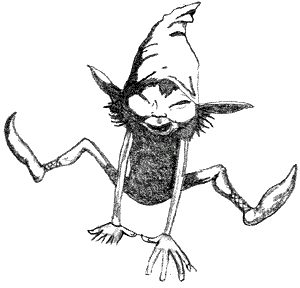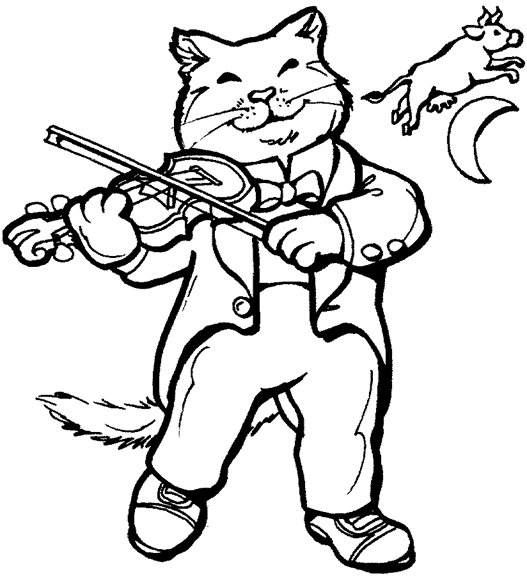
|
Children's Literature |
||||||||||||||||||||
|
Genre & Literary Elements |
||||||||||||||||||||
|
DEFINITION Myths, legends, proverbs, nursery
rhymes, and stories handed down by word of mouth from generations past. -Literature and the Child, 446 Examples Ÿ Fairy
Tales and Folktales-Cinderella Ÿ Fables-The
Boy Who Cried Wolf Ÿ Nursery
Rhymes- Mother Goose Ÿ Tall
Tales- Paul Bunyan Ÿ Legend and
Hero Stories- Robin Hood Ÿ Folksongs
and Work Songs- Yankee Doodle Ÿ Mythology-
Relations between people and gods and the origins of the earth. *The bible has also been mentioned under Folklore. *Used to explore literary content. *Universal element- best selling book in the world! *The bible is full of myths, legends, essays, sermons, lyrics, fables,
drama and much more. Stories of Sampson have even been called “tall tales”. Teachers must make a distinction between the use for teaching religion and teaching literary
content. Common
approach- examine how a contemporary author retells a Biblical story- how do they interpret it? What is the theme realized
etc?
“If we don’t know the Bible and the central stories of Greek and Roman literature, we can still read books
and see plays but our knowledge of literature cant grow, just as our knowledge of mathematics cant grow if we don’t
learn our multiplication tables.”- This is a quote by:(I Know it and will add it soon)!! Checklist for evaluating folklore Language Should Ÿ Retain the flavor of the oral form Ÿ Have natural, easily spoken rhythms Ÿ Reflect the integrity of early retellings Ÿ Avoid controlled, diluted, or trite vocabulary Illustrations Should Ÿ Complement and extend the narrative Ÿ Portray the traditional character of the tale Ÿ Reflect the cultural heritage of the tale Literature and the Child, 166 How and why did
folklore come to be? Ÿ According to the authors of Literature and the Child, “The Roots of folklore exist in all societies from
all times.” They believe throughout time people felt the need to use their
imaginations to alter reality into a vision that they can control. Ÿ Carl Jung said that the subconscious is a part of the human mind from which dreams, fantasies, and imagination
come from, which explains the commonality between folklore among different cultures. Ÿ Sigmund Freud believed that that fairy tale characters symbolize subconscious urges during a child’s emotional
development. Ÿ Bruno Bettelheim said that fairy tales were used to tap into unconscious wishes and desires and help children deal
with emotional insecurities by using fantasies. Archetypes- Reappearing Themes Ÿ Hero’s Quest- Slaying a dragon, saving a princess Ÿ Good Mother- Fairy godmother Ÿ Bad Mother- Wicked step mother or wicked witch Ÿ Shadow- The inner darkness inside people Why Teach Folklore
In The Classroom? Simple Structures-
allows children to feel comfortable and embrace the stories. Great tool for teaching
important literary components like characters, plots, themes and settings. Rhyming and lyrical-
appeals to young children. Can be used to teach
important ideas- ABC’s Can help us to understand
ourselves and others from different cultures. Many stories of
folklore have repetition- helps in developing reading skills and gains familiarity. Fascination- Engaging
characters, nonsense, imaginative use of words and ideas. Evolved for a reason-
the same stories that were made popular centuries ago before they were written down, are the same stories that we read about
today. Anything goes!-
There is nothing too preposterous! -Hey diddle, diddle.
|
||||||||||||||||||||


